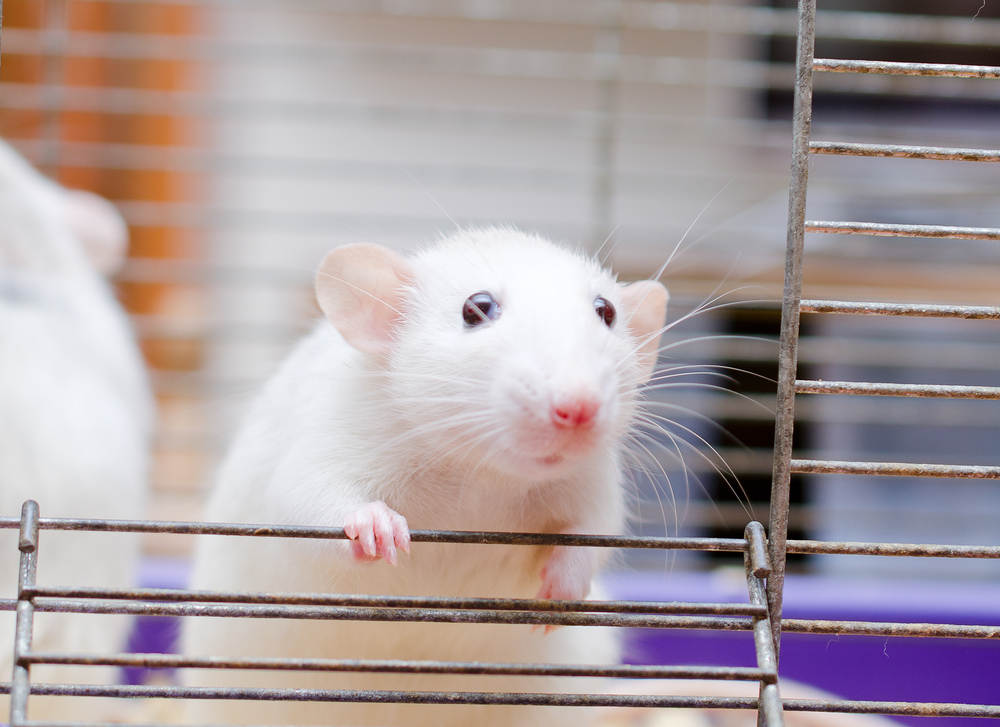Agomelatine Worsens Motor Function, Neuron Loss in Parkinson’s Rat Study

A common depression treatment called agomelatine worsens Parkinson’s-related loss of dopamine-producing neurons, motor dysfunction, and protein oxidation, according to research in rats.
The study with that finding, “Effects of Agomelatine in Rotenone-induced Parkinson’s Disease in Rats,” was published in the journal Neuroscience Letters.
Neuroinflammation, oxidative stress, loss of dopamine-producing neurons in a brain area called substantia nigra, and degeneration of nerve fibers in a connected region known as the striatum, all underlie Parkinson’s disease.
Despite positive results in preclinical studies, work in patients with Parkinson’s has revealed that treatment with the hormone melatonin, which has anti-oxidant and anti-inflammatory properties, failed to ease motor dysfunction.
Agomelatine, developed by Servier for depression and also used to treat sleep disturbances in Parkinson’s patients, is an agonist for both melatonin-1 and melatonin-2 receptors, and also a 5-HT2C serotonin receptor blocker.
An agonist is a molecule that binds to and stimulates a receptor. The 5-HT2C serotonin receptor, a potential therapeutic target in Parkinson’s disease, is present on the surface of different brain cells and binds to serotonin — a chemical produced by nerve cells that can act as a natural mood stabilizer.
Scientists at Ondokuz Mayıs University, in Turkey, used a rotenone-induced Parkinson’s rat model to assess the effect of chronic treatment with agomelatine on behavioral, molecular, and tissue-related parameters.
Damage in dopamine-producing neurons was evaluated 10 days after delivery of rotenone, an agrochemical, into the left substantia nigra and the ventral tegmental area, which is part of the brain’s reward system. Stimulation of this system, also controlling motivated behavior, induces the release of dopamine.
Agomelatine (40 mg/kg) was administered over 18 days in a separate group of rats. This dose had suggested anti-oxidant and neuroprotective properties in prior studies. Tests of motor coordination and activity (rotarod and pole test) were conducted 24 hours after the last dose.
In the rotarod test rats are placed on a rotating rod and investigators count the number of times they fall. In the pole test the animals are head up on top of a vertical rod and the scientists measure the time it takes them to descend to their home cage. Of note, the pole test is a common way to study bradykinesia, or slowness of movement.
The results revealed that treatment with agomelatine worsened (increased) the number of rotations induced by apomorphine, a dopamine agonist that inhibits dopamine-producing neurons in the substantia nigra. Agomelatine also worsened rats’ motor function in both tests.
As for molecular analyses, agomelatine caused a pronounced increase in the levels of the advanced oxidation protein product (AOPP) — a marker of oxidative stress — compared to animals given rotenone only and control rodents. In contrast, levels of malondialdehyde — a product of lipid (fat) oxidative damage — were unchanged.
Oxidative stress is an imbalance between the production of free radicals and the ability of cells to detoxify them. These free radicals, or reactive oxygen species, are harmful to cells and are associated with a number of diseases, including Parkinson’s disease.
Agomelatine also increased the levels of the protein caspase-3 — a marker of apoptosis, which refers to programmed cell death, as opposed to death caused by injury — but not of the enzyme PARP-1, whose activation has been associated with DNA damage and neurodegeneration in Parkinson’s.
The data further showed that agomelatine aggravated the rotenone-induced decrease in dopamine-producing neurons and higher cell volume in the striatum.
“Our findings in the current study showed that decreased rotarod performance and impaired motor coordination most likely happened due to the induced loss of dopamine-containing neurons,” researchers wrote.
“Although we investigated the effects of the agomelatine in the manner of ameliorating the rotenone toxicity in animals, agomelatine exacerbates rotenone-induced toxicity which mimics Parkinson’s disease pathology [symptoms],” they concluded.






